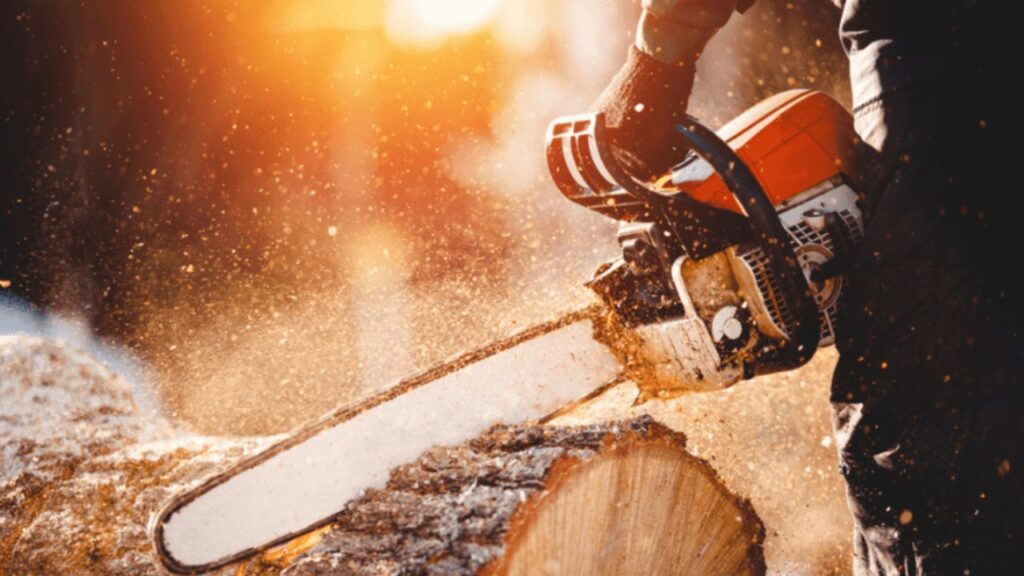Proper chainsaw maintenance is essential for keeping your tool running safely and efficiently. Whether you use your chainsaw for cutting firewood, trimming trees, or heavy-duty outdoor projects, regular maintenance can extend its life and improve performance. Follow these four easy steps to keep your chainsaw in top condition year-round.

1. Clean the Chainsaw After Every Use
Dirt, sawdust, and tree sap can quickly build up on your chainsaw, affecting its performance. After each use, remove the guide bar cover and clean out debris with a soft brush or compressed air. Pay special attention to the air intake and cooling fins to prevent overheating. Regular chainsaw cleaning not only improves efficiency but also prevents long-term damage.
2. Keep the Chain Sharp and Properly Tensioned
A dull chain can make cutting dangerous and strain your motor. Sharpen your chain regularly using a chainsaw file or professional sharpener. Ensure the chain tension is correct—it should snap back into place when pulled slightly, but not hang loose. Proper chain sharpening and tension help you cut cleaner and faster while maintaining safety.
3. Check and Change the Oil and Fuel Mix
For gas-powered models, use the correct oil-to-fuel ratio as recommended by your manufacturer. Always mix fresh fuel before each season, and use a fuel stabilizer for small engines such as STA-BIL® Fuel Stabilizer to keep the gasoline fresh during storage. This prevents fuel separation, gum buildup, and starting issues. Also, check the chain oil reservoir frequently to ensure smooth lubrication.
4. Inspect and Replace Worn Parts
Chainsaws have several moving components that wear out over time. Regularly inspect the spark plug, air filter, and guide bar for signs of wear or damage. Replace them as needed to keep your engine running smoothly. This simple step in chainsaw maintenance ensures optimal performance and safety while operating your equipment.
Knowing how to maintain a chainsaw properly helps you avoid breakdowns, reduce repair costs, and extend your tool’s life. With consistent cleaning, sharpening, and the right fuel care routine, your chainsaw will stay reliable for years to come—ready for any job, any season.




